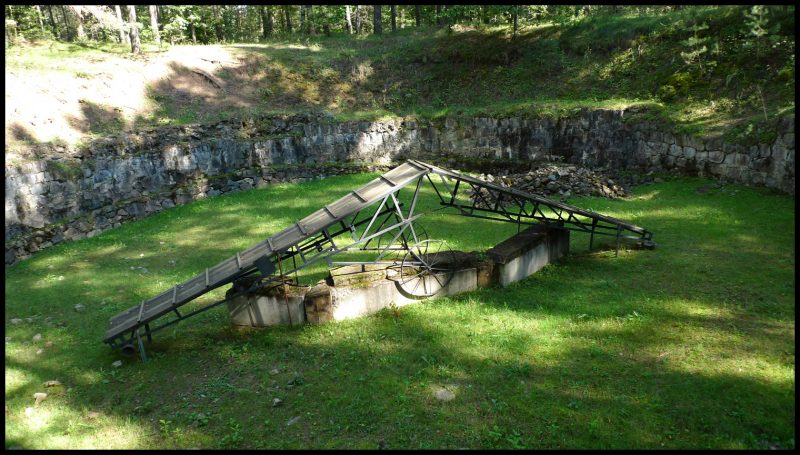Suzanne recounts the tragic story of the site of terrible events at Ponary, now Paneriai in modern-day Lithuania.
Near to the small, rural village of Paneriai, near Vilnius in Lithuania is a memorial park in the forest where a path leads you through the trees past several monuments to victims of the Holocaust. Polish and Lithuanian Jews died here, as did many Soviet prisoners of war, while also Romanis and Polish academics; lawyers, priests, doctors, teachers and professors were brought here.
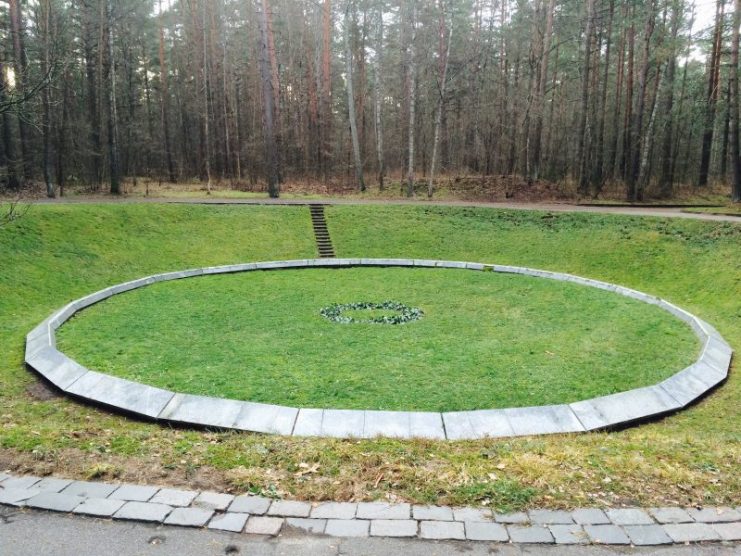
The path leads you past the so-called ‘murder pits’, because it is amongst these trees that, between 1941 and 1943, up to one-hundred thousand innocent people were forced to strip naked and were then mowed down by rifle and machine-gun fire. The pits, former fuel tanks, were then used to burn the corpses. They were later exhumed in an attempt to destroy evidence of these Nazi atrocities.
A small pile of painted pebbles is a stark reminder of a visit by pilgrims, family members, maybe who have lost loved ones.
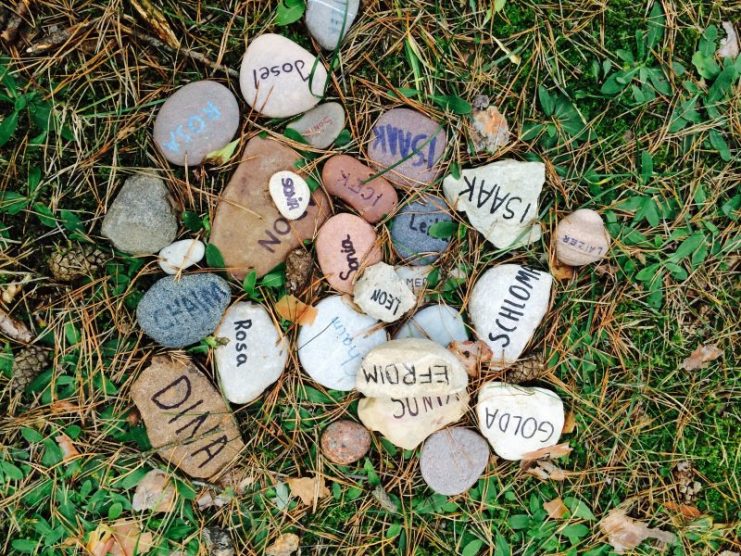
It is believed that more than ninety-five per cent of the Jewish population of Vilnius was eradicated during the Holocaust, as part of the Nazis’ Final Solution.
Kazimierz Sakowicz was a local Polish man who lived in a cottage in the forest with his wife. A journalist by trade, who had studied law, he was an eyewitness to this systematic slaughter of innocent people on a daily basis. When he saw what was happening in the forest he began to write a diary, logging the accounts of what he was witnessing.
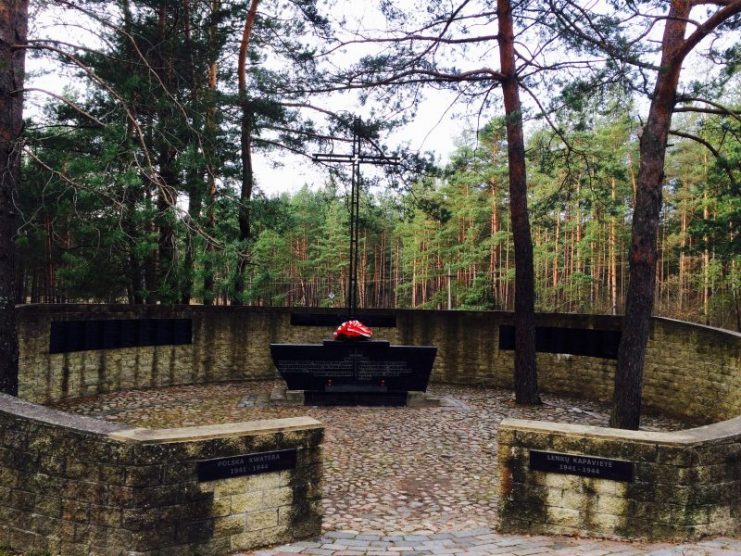
This was a dangerous thing to do. He was taking a huge risk and would have been aware of the consequences to both himself and his family if discovered. So Sakowicz wrote his accounts on scraps of paper that he then hid in various locations including bottles buried in the ground. I have to wonder why he did this and if he ever contemplated for a moment how important these documents would become after the Second World War.
Sakowicz was methodical in his writing. He documented the number of people executed, how they were mistreated and how they died, describing the events with great detail with meticulous descriptions of the barbarity of the perpetrators.
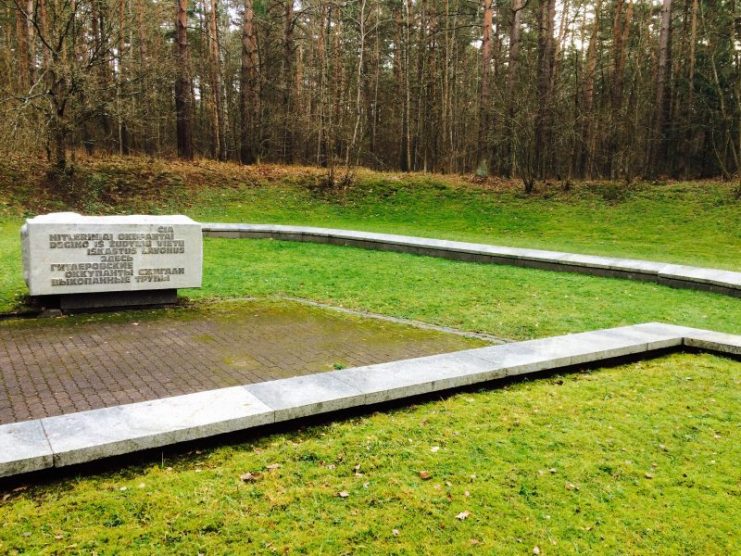
Some of his diary entries are indeed graphic and very harrowing to read. In September 1941 he wrote ‘A small child was found in the forest near the pit, playing in the sand. He was thrown into the pit and shot. In another case an infant was torn from the breast it was sucking and shot.’
November 19th, 1941: ‘More than two hundred women and children were brought. It was cold. They had no bullets. They took the little ones from their mothers and killed them with rifle butts.’
On Monday, August 9th, 1943: ‘This never happened before. They brought six Jews with a bow saw and, pointing to the locks lying on the ground, ordered them to saw. When the saw got halfway through an explosion occurred. It appears that this was an experiment, with explosives placed inside the poles. So perished six Jews. They were simply ripped apart.’
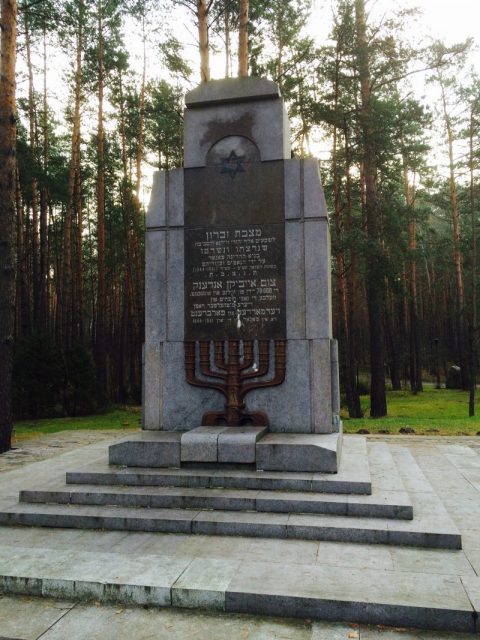
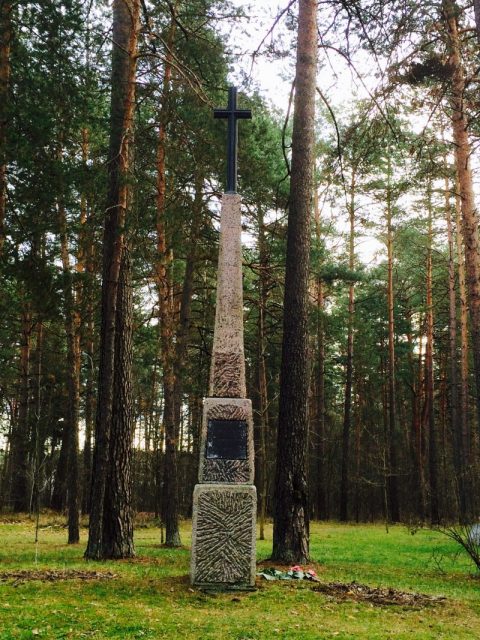
April 1943: ‘A woman, with a child in her arms runs to escape. A Lithuanian hits her on the head with a rifle butt. The woman falls. The Lithuanian seizes the child and carries him by the leg. He throws him in the pit.’ The perpetrators were not just SS Einsatzgruppen but also local Lithuanian collaborators, or Shaulists.
Sakowicz was discovered wounded in the woods on July 5th, 1944 and died soon after. He had been riding his bicycle from Vilnius to Ponary. Was some of his diary found by the Nazis? Were they concerned about what he had witnessed? We will never know. He is buried in Vilnius.
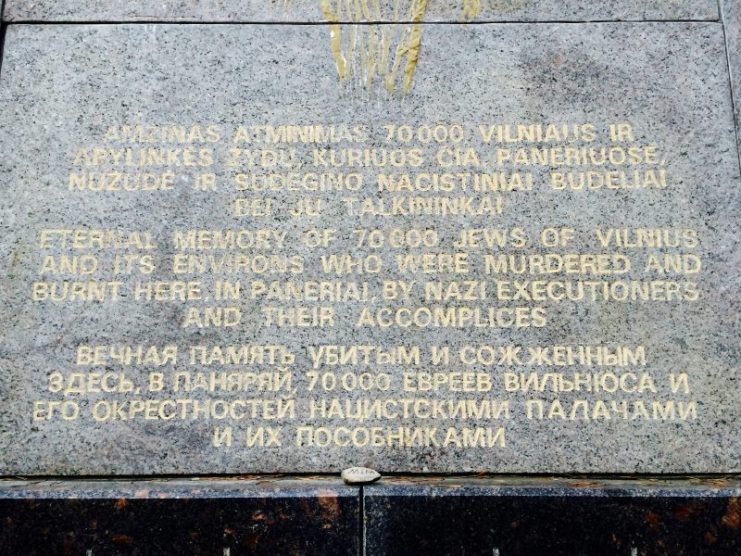
After the War, his papers were discovered and handed over to the authorities. They were subsequently published as a book written in Polish. A German version followed and in 2005 it was translated into English. The book is called Ponary Diary 1941-1943. A Bystander’s Account of a Mass Murder. Sakowicz died unaware of the important legacy he had left behind. He was a brave man.
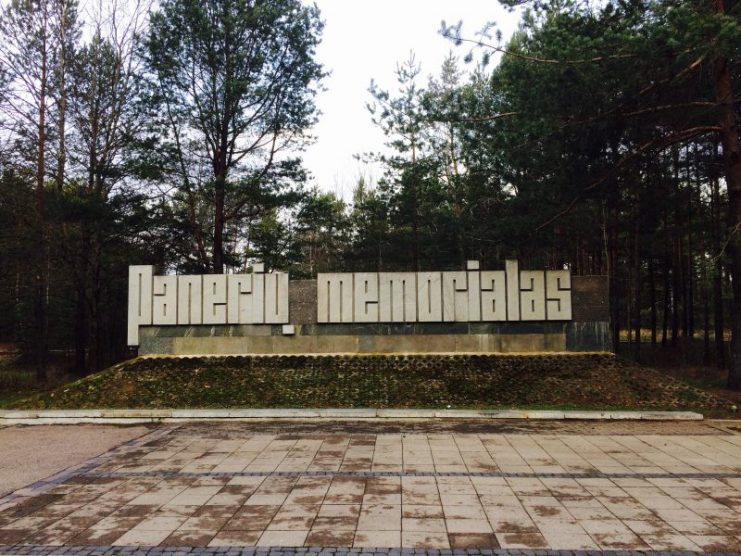
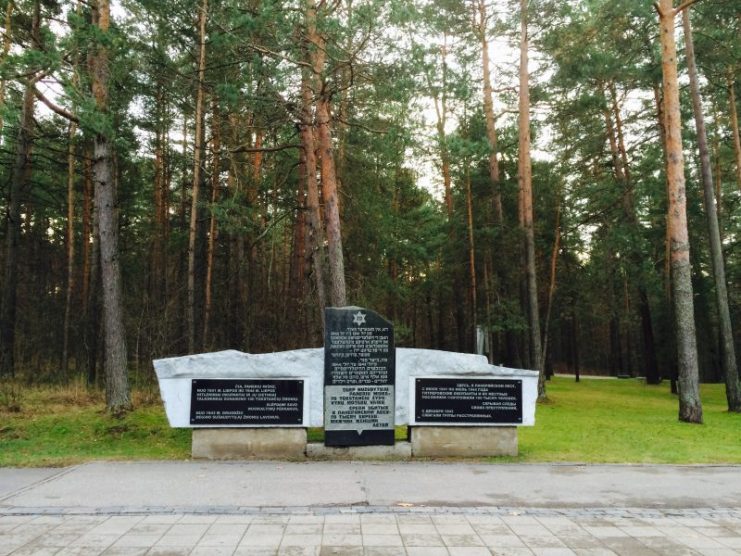
I feel no peace walking through the blood-soaked soil of this dark forest. The trees feel foreboding, they are silent witnesses to the horrors of wartime Europe.
Unlike the peaceful Commonwealth war cemeteries of Northern France and Belgium, this is a sombre place where people were brought against their will and systematically executed en masse. Entire families – Men, women, children and babies were simply annihilated. Stamped out. Erased from history. There are no resting places. No carefully tended graves. No rows of colourful flowerbeds. Just ghosts.
You can feel the ghosts.
To see more of Suzanne’s travels through the world of military history check out My Western Front Photographs on Facebook.
___________________________________________________________________________________
Suzanne Make, Military history enthusiast, explorer, adventurer, taphophile, amateur photographer.
